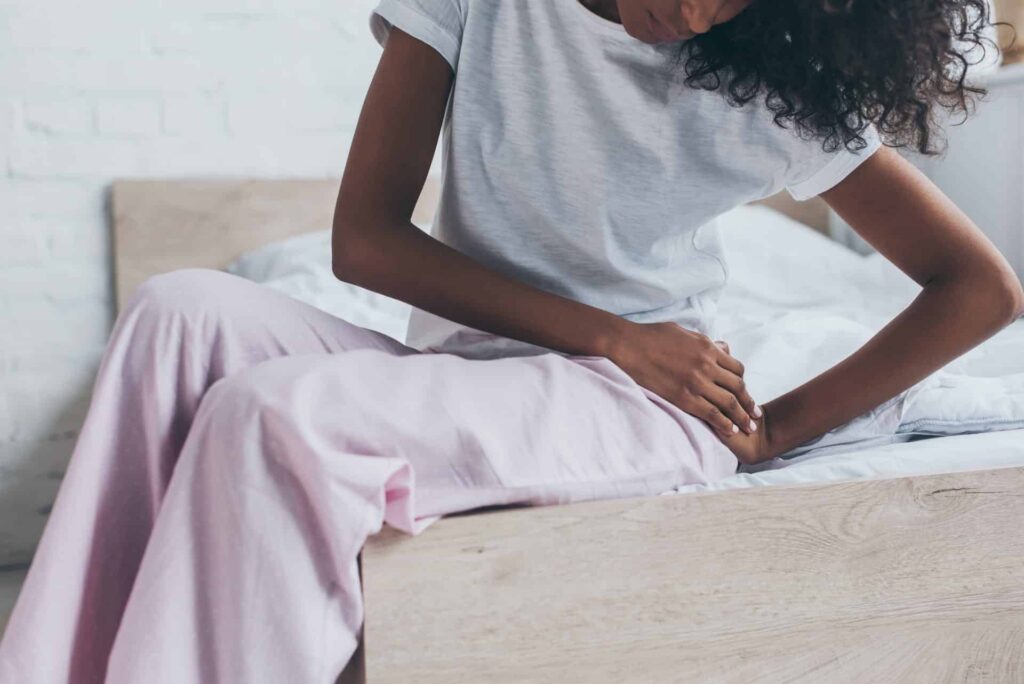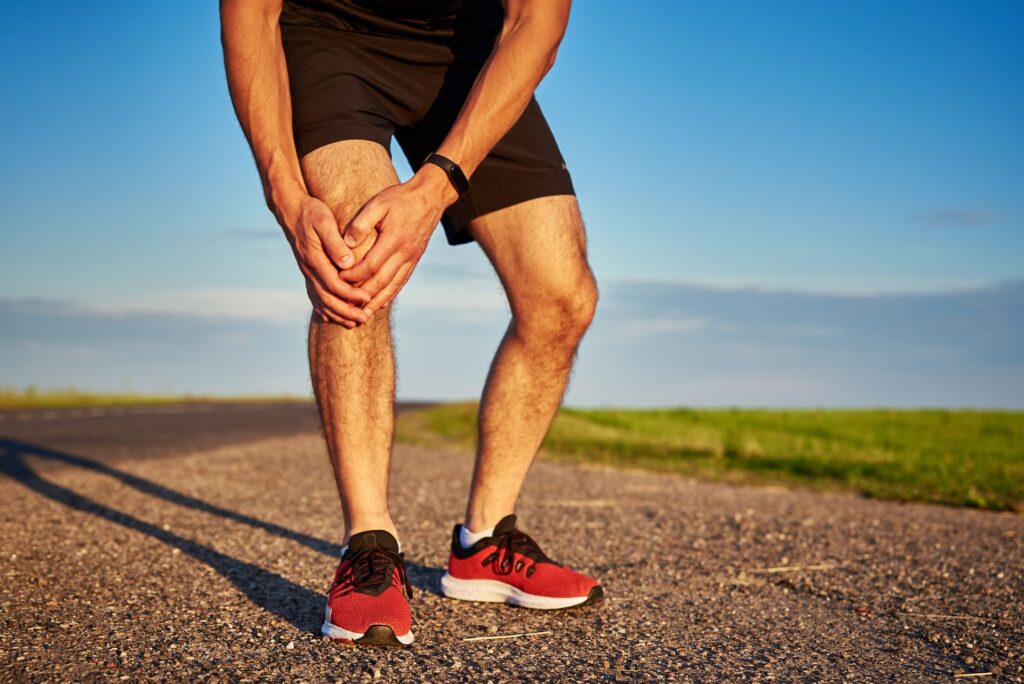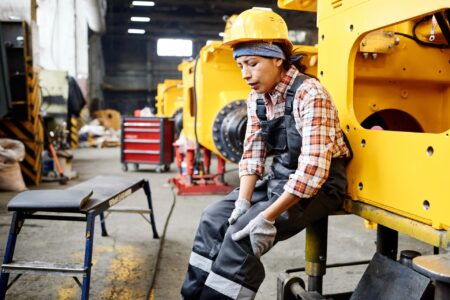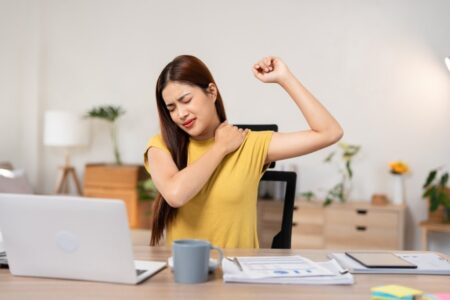- 02 9712 1736
- [email protected]
- 212 Great North Road, Five Dock, NSW 2046
- Open 7 days a week
Your hip and knee joints are joints at opposite ends of your thigh (femur) bone. This knowledge is essential in understanding, diagnosing and treating hip or knee pain. You must look at both joints to fix hip or knee pain correctly. Your hip and knees do a lot of work during daily activities. This work or load causes wear and tear on the joints, leading to injuries. Injury in your hip or knee can be felt as pain in your lower back, hip, thigh, knee or lower leg region.
Many of the muscles in your leg control hip and knee movement. Injuries or stiffness in your muscles will affect both joints. These muscle also play a crucial role in your lower back and pelvis. Without control and strength in your hip and knee muscles, you will experience pain, loss of balance, weakness and stiffness. Without correct care, this will lead to overuse injuries.
Wear and tear are the most common pain and injury to your hip and knee. This may be due to either an active or inactive lifestyle. Likewise, acute trauma injuries will create short- and long-term pain in your lower back, hips, knees and legs if not treated correctly.
The labrum is a cartilage ring surrounding the inside of the hip joint. This labrum helps keep your hip bones aligned and in place as you move.
A tear in your labrum will cause pain in your hip, groin or buttocks. This is aggravated by walking or running. You will experience night pain and stiff and limited hip movement. Commonly, you will experience a clicking or locking sensation in your hip joint when you move.
Labrum tears are caused by repetitive activities, like dancing, trauma, degeneration or congenital deformities.

Osteoarthritis is the most common form of arthritis, affecting millions worldwide. It occurs when the protective cartilage that cushions the ends of your bones wears down over time. Although osteoarthritis can damage any joint, the disorder most commonly affects joints in your hips and knees.
With osteoarthritis, you will experience pain, stiffness, swelling, loss of mobility, and a grinding sensation.
While Osteoarthritis changes cannot be reversed, you can manage the symptoms to try and slow the progression of your degeneration. Ways to help include staying active and moving, massage and mobilisation, heat and diet. Reducing the chronic pressure on the joints decreases inflammation and improves how you feel.
Your hip has a fluid-filled sac sitting between the bones, tendons, and muscles; this is called a bursa. The bursa provides cushioning and smooth movement to your hip. If your bursa becomes inflamed, you have bursitis. Bursitis is a painful condition and can lead to loss of movement and weakness. The most common site for bursitis is the back outside of your hip. You will experience an ache with tenderness to the touch and stiffness.
Tendons are how your body attaches muscles to bone. Tendonitis is a condition where the tendon becomes inflamed or swollen. Hip tendonitis commonly affects the gluteal muscles. This can be from overuse or a rapid increase in your physical activity. Tendonitis creates pain and loss of movement. The pain is typically worse first in the morning or after prolonged rest. An exercise to “warm up” typically decreases the pain. From our experience, tendonitis can progress without the correct care and advice.

Patellofemoral pain is experienced at the front of your knee and around your kneecap. You will feel a dull, aching pain and stiffness around your kneecap or above the knee in the thigh muscle. The pain can be aggravated by walking up or down stairs, kneeling or squatting or after sitting with a bent knee for long periods.
Depending on your activity levels, you will experience a change in your pain levels—patellofemoral pain syndrome responds well to hands-on care.

Experiencing discomfort? Get expert knee pain treatment in Five Dock at Five Dock Osteo & Chiro for lasting relief and improved mobility. We have our own unique style of massage developed to complement our adjustments. We are experts at tracing and diagnosing the cause of hip and knee pain to its source. Our treatment then focuses on the whole region. We treat the front (hip flexors, quadriceps, and adductor muscles) and back (lumbar spine, gluteal, hamstring and lower leg muscles) of the body . This approach focuses on you as a whole person, not a region in isolation. This brings you short-term relief from pain and lasting improvements to your health and well-being. Our adjustments all use traction, making them smooth and gentle on your body. We work with you to devise a personalised functional exercise. Our exercise will stretch and strengthen your hip and knee and build your stability.

About
Five Dock Osteopathic & Chiropractic is located in Canada Bay, in Sydney’s Inner West. Servicing suburbs including Burwood, Croydon, Drummoyne, Five Dock, Haberfield, Concord, Abbotsford, Chiswick, Leichhardt, Wareemba, Russell Lea, Summer Hill, Strathfield.
Clinic hours
Monday, Tuesday, Thursday 7AM – 7PM
Wednesday, Friday 7AM – 6PM
Saturday 7AM – 2PM
Sunday 8AM – 2PM
Contact details